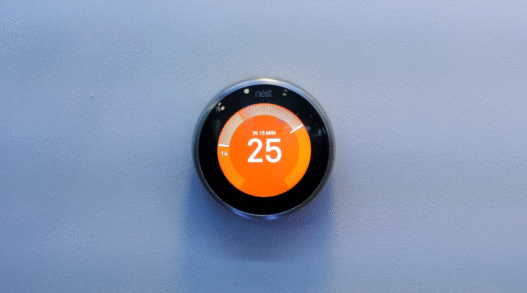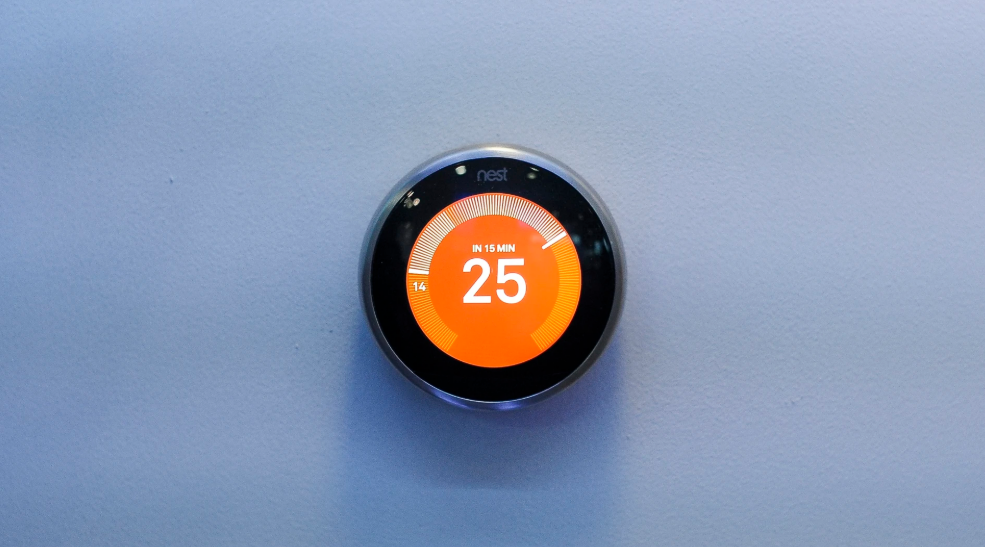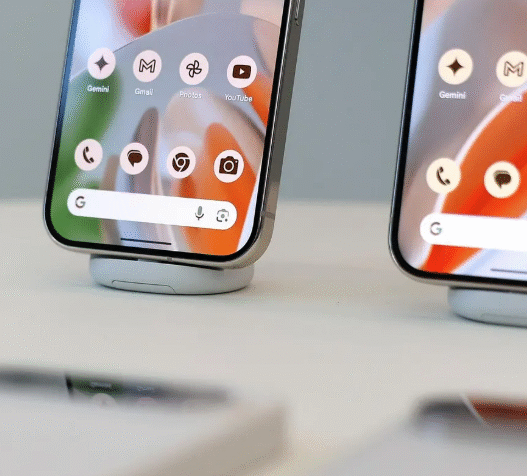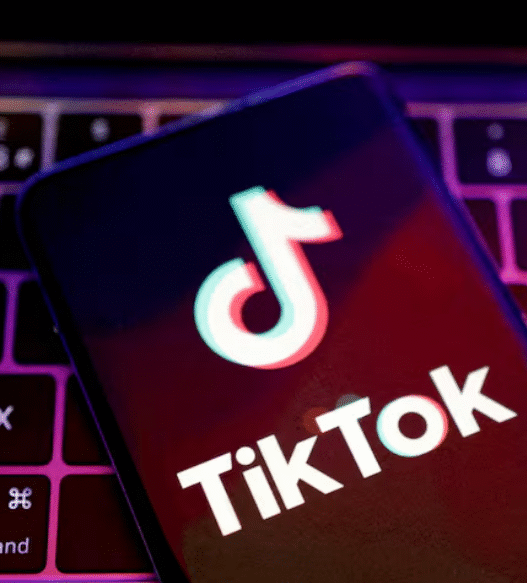Google has made a controversial decision that’s leaving many long-time customers frustrated. On Friday, the tech giant sent emails to owners of first and second-generation Nest Learning Thermostats, announcing that these devices will no longer receive software support—effectively eliminating their most valuable features.
What’s Changing for Nest Users
According to Google’s email, “You will still be able to access temperature, mode, schedules, and settings directly on the thermostat – and existing schedules should continue to work uninterrupted. However, these thermostats will no longer receive software or security updates, will not have any Nest app or Home app controls, and will end support for other connected features like Home/Away Assist.”
The announcement means that the most appreciated features of these smart thermostats—remote control via smartphone and voice control through Google Assistant—will cease functioning after the October 25th cutoff date.
While it’s somewhat expected that devices over 10 years old might eventually lose software support, the last update for second-generation Learning Thermostats was actually released in 2019. This raises questions about whether this decision was truly necessary from a technical standpoint.
The Appeal of Nest Thermostats
What made Nest thermostats revolutionary when they launched was their combination of beautiful design, intuitive interface, and smart connectivity. They transformed the mundane thermostat into an elegant, user-friendly device that demystified home climate control.
The ability to adjust your home’s temperature through a dedicated app or simply by saying, “Hey Google, turn the temperature up to 68 degrees” represented genuine innovation in home comfort. These features transformed how people interact with their heating and cooling systems, offering convenience that traditional thermostats couldn’t match.
Google’s Response Falls Short
In an apparent attempt to soften the blow, Google is offering discounts on newer models to affected customers. The company claims this gesture is to “help with this transition and to show our appreciation for your long-time loyalty.”
However, this response strikes many as tone-deaf. Essentially, Google is asking customers to spend more money to replace devices that would continue functioning perfectly if the company hadn’t decided to cut support for their remote features.
Many customers have expressed that they were perfectly satisfied with their current models and had no intention of upgrading. The only reason they would now consider purchasing a new thermostat is because Google has deliberately removed the functionality that made their existing devices valuable.
A Pattern in Smart Home Technology
This situation highlights a growing concern in the smart home industry about the longevity and reliability of connected devices. Unlike traditional appliances that can function for decades without updates, smart devices often depend on ongoing software support and cloud services.
“This planned obsolescence approach to smart home technology creates unnecessary electronic waste and erodes consumer trust,” notes technology analyst Jennifer Martinez from Smart Home Analytics. “Companies need to consider the environmental and customer relationship impacts of these decisions.”
The Lesson for Companies
Google’s handling of this situation demonstrates a critical misstep in customer relations. For products that have established a loyal customer base, maintaining core functionality should be prioritized over forcing upgrades.
Not every product category requires constant feature updates. Thermostats, like televisions and other home appliances, fall into a category where reliability and consistent performance matter more than new features. Many consumers would prefer devices that simply continue doing what they were purchased to do rather than losing functionality after a software cut-off date.
Even if relatively few customers are affected by this particular decision, the principle remains important. Continuing to support basic connectivity features for legacy products requires minimal resources compared to developing new products, yet it generates significant goodwill.
The Value of Transparency
Google could have mitigated some of the backlash by providing a clear explanation for the decision. If technical limitations genuinely made continued support impossible, communicating those constraints might have helped customers understand the situation.
Instead, the abrupt announcement with little justification has left many feeling that their loyalty has been undervalued. The lesson for other companies is clear: when making decisions that negatively impact existing customers, transparency and honest communication are essential.
For now, Nest thermostat owners must decide whether to purchase a newer model or accept the reduced functionality of their existing devices. Either way, Google’s decision serves as a cautionary tale about the potential downsides of investing in smart home technology without clear commitments about long-term support.





















